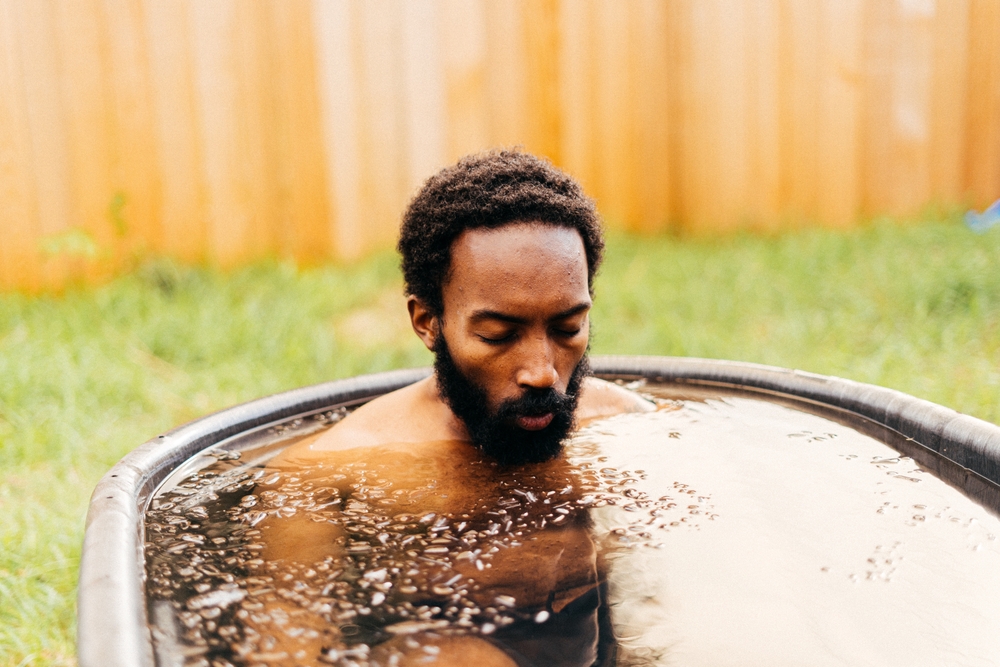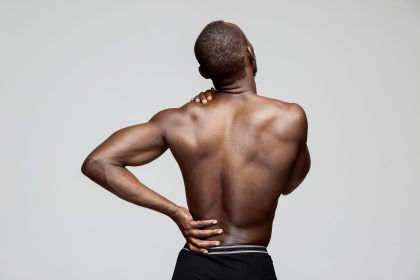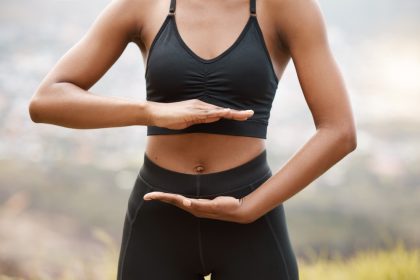In living rooms and backyards across America, a transformation is taking place as women trade their warm morning showers for bone-chilling ice baths. This shift toward cold water immersion marks more than a passing trend – it represents a significant movement in the wellness landscape, drawing attention from both medical researchers and everyday enthusiasts seeking natural ways to enhance their well-being.
What happens in those first crucial moments
The human body’s response to cold water immersion follows a remarkable sequence. Upon entering water between 50-59 degrees Fahrenheit, the body initiates an immediate survival response. Blood vessels near the skin contract, directing blood flow toward vital organs. This natural defense mechanism triggers a cascade of physiological changes that advocates claim hold the key to numerous health benefits.
The sleep connection emerges
Research conducted at the University of South Australia reveals intriguing connections between cold water exposure and sleep quality. Participants who engaged in evening cold water immersion reported falling asleep more quickly and experiencing deeper sleep cycles. This improvement in sleep quality appeared most pronounced during the first few weeks of practice, suggesting the body’s adaptation mechanisms play a crucial role.
Understanding inflammation responses
The relationship between cold exposure and inflammation presents a fascinating paradox. Initial exposure actually increases inflammatory markers in the body, similar to the stress response triggered by exercise. However, regular practitioners report reduced joint pain and faster recovery from physical activity over time. This apparent contradiction has captured the attention of researchers studying the body’s adaptation to controlled stress.
The psychological landscape
Beyond physical effects, cold water immersion appears to influence mental well-being in unexpected ways. Participants in multiple studies reported experiencing increased mental clarity lasting up to twelve hours post-immersion. This enhancement in cognitive function suggests potential applications beyond purely physical benefits.
Timing considerations surface
Medical professionals emphasize the importance of timing when it comes to cold water exposure. Morning sessions appear to produce different effects compared to evening immersion, particularly regarding hormone regulation and sleep quality. This timing factor adds another layer of complexity to understanding optimal usage patterns.
A closer look at recovery patterns
Athletes incorporating cold water therapy into their training regimens report varying experiences with muscle recovery. While some notice immediate benefits, others find the effects more subtle and cumulative. This variation in response highlights the importance of individualized approaches to cold water therapy.
The community aspect develops
An unexpected outcome of the cold water movement has been the formation of supportive communities. Groups of practitioners meet regularly to share experiences and encourage newcomers, creating social bonds that may contribute to the practice’s reported mental health benefits.
Safety becomes paramount
Medical professionals stress the importance of proper safety protocols during cold water immersion. Factors such as water temperature, duration of exposure, and individual health conditions all play crucial roles in determining appropriate practices. First-time participants are advised to start with brief exposures and gradually increase duration.
Individual variations emerge
Research indicates that personal factors such as age, body composition, and prior cold exposure experience significantly influence individual responses to cold water therapy. This variability suggests the need for personalized approaches rather than one-size-fits-all recommendations.
The role of breathing techniques
Proper breathing emerges as a crucial component of successful cold water immersion. Practitioners who develop controlled breathing patterns report better experiences and potentially enhanced benefits compared to those who struggle with breath control during exposure.
Long-term considerations arise
While short-term effects of cold water immersion show promise, questions about long-term impacts remain. Researchers emphasize the need for extended studies to better understand how regular cold exposure affects the body over time.
Cultural perspectives surface
Different cultures have long histories with cold water exposure, from Nordic ice swimming to Japanese winter rituals. These traditional practices offer insights into potential benefits while highlighting the importance of cultural context in understanding therapeutic approaches.
Future research directions
Current studies point toward several promising areas for future research, including the potential applications of cold water therapy for specific health conditions. Researchers express particular interest in understanding the mechanisms behind reported improvements in mental health and inflammation reduction.
The balance of benefits and risks
As with any wellness practice, cold water immersion presents both opportunities and challenges. Understanding personal health status and consulting with healthcare providers helps ensure safe and effective implementation of cold water therapy practices.














